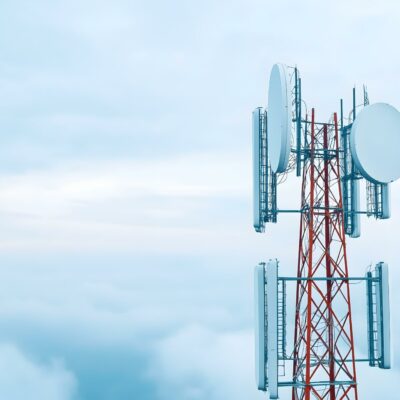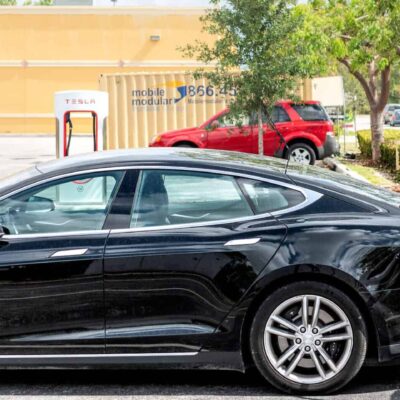
WIT Legal will be exhibiting at ACI’s 28th Annual Conference on Drug & Medical Device Litigation on December 5- 6 in New York City.
WIT is proud to support ACI’s 28th Annual Conference on Drug & Medical Device Litigation where more than 400+ attendees will gain invaluable information on the product liability risks associated with AI in drug development and medical device usage, the potential impact of new MDL case management changes under proposed FRCP 16.1, and the benefits and risks of utilizing bankruptcy as a mass tort resolution vehicle. We hope to see you in NYC for the life sciences products liability defense bar’s most valuable gathering of the year.
WIT Legal Attendees

Priscilla Valentine, Account Executive

Michael Crowe, Account Executive




